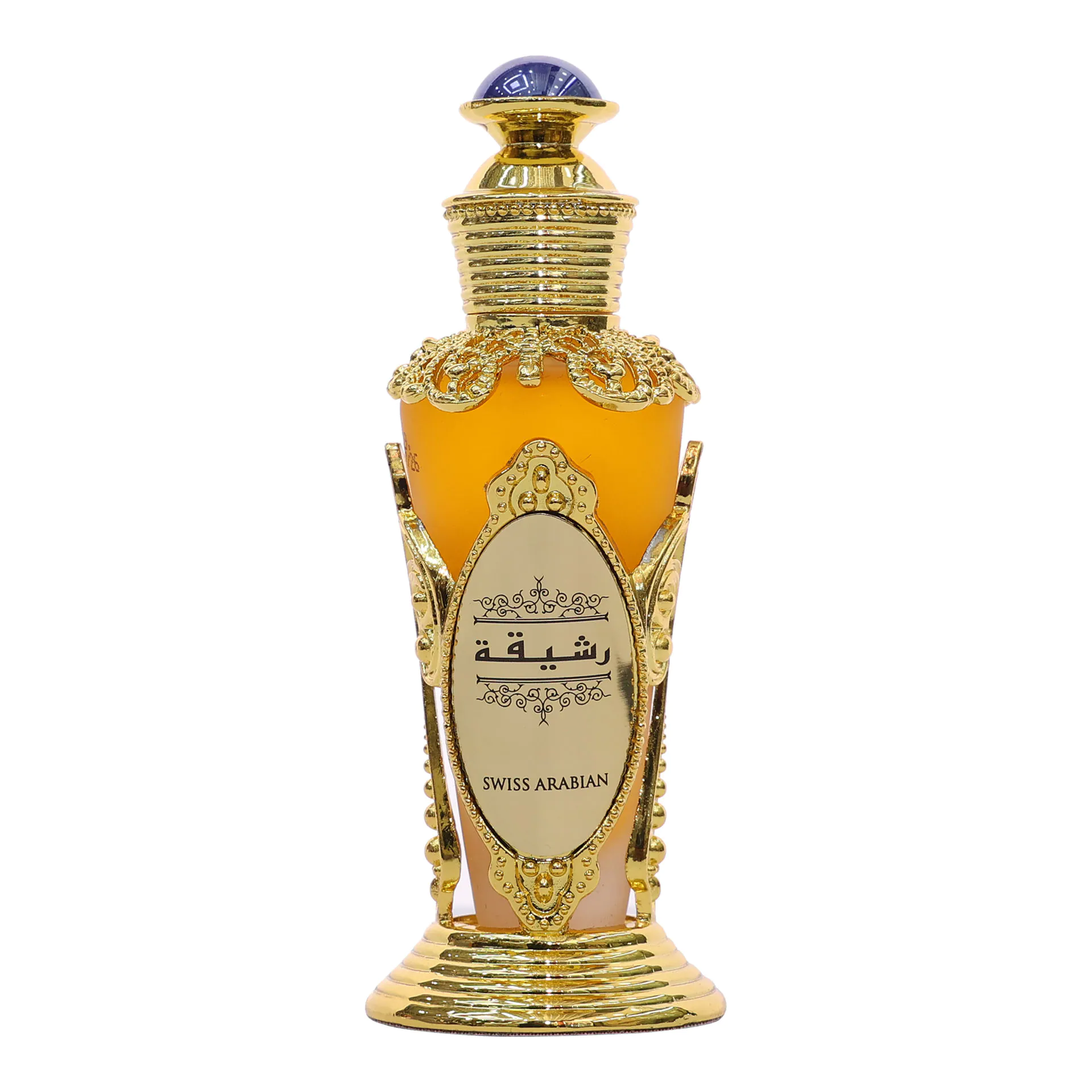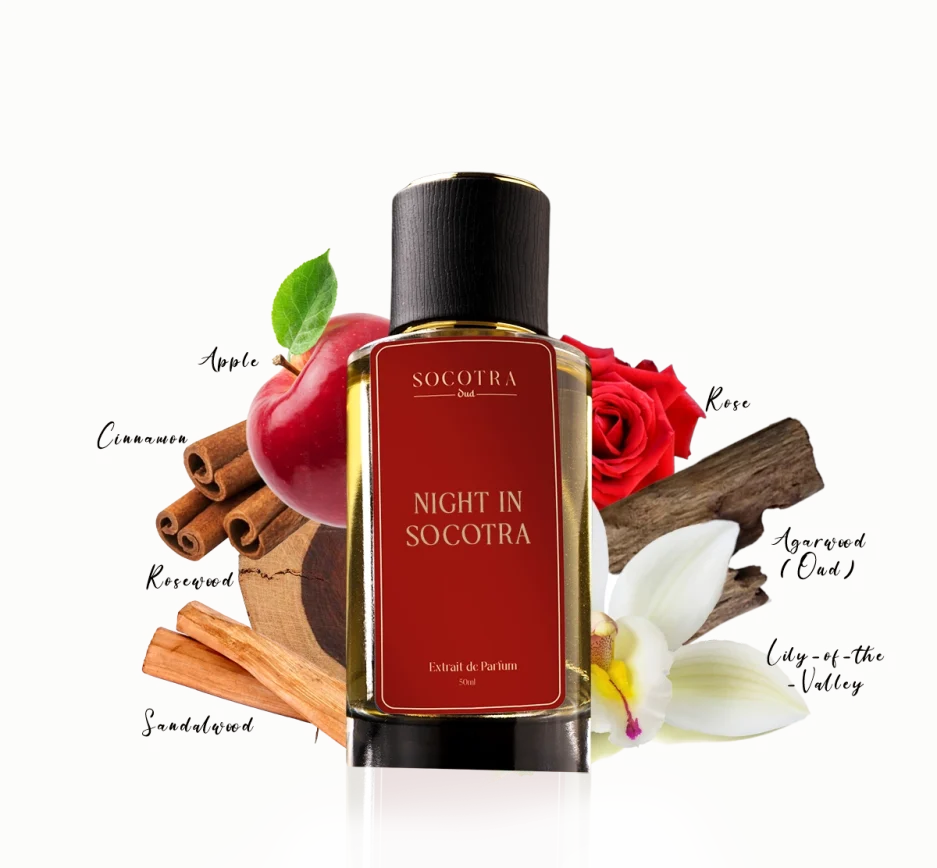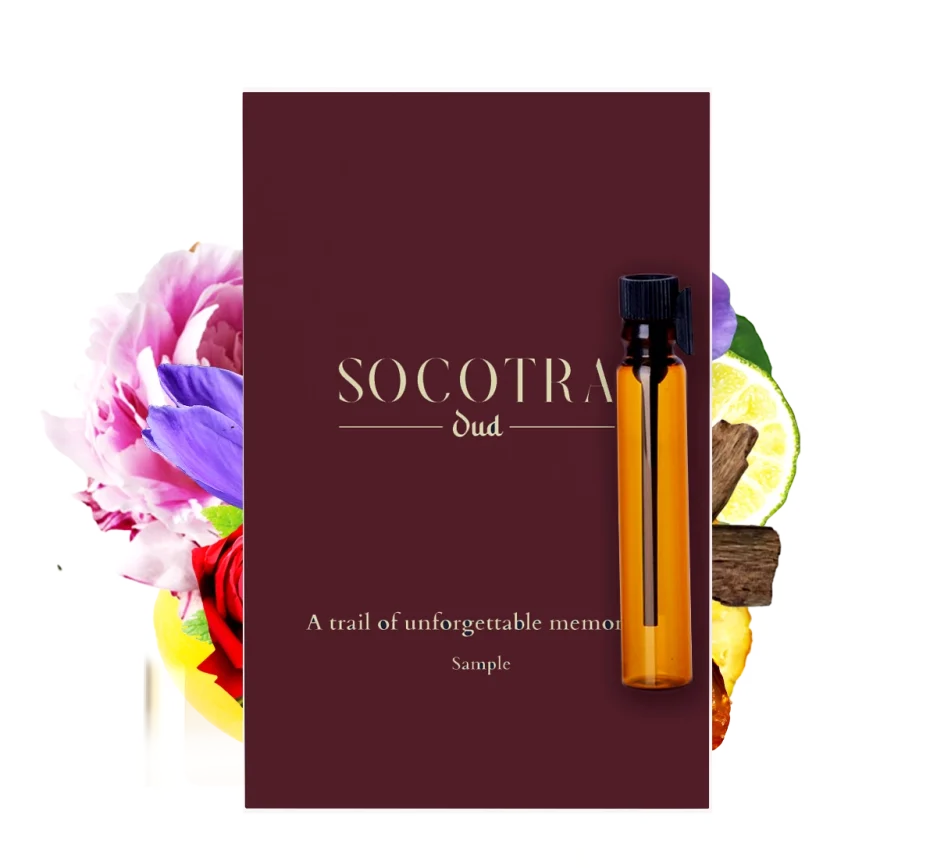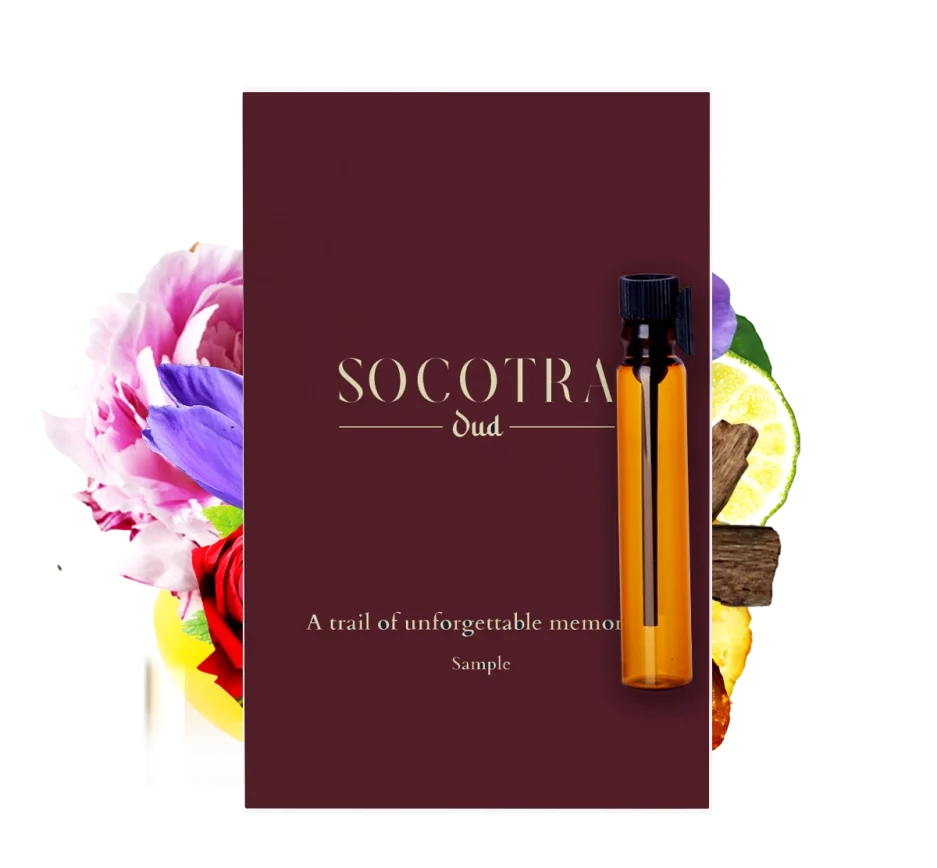Welcome to the world of Arabian perfume oil, where fragrance becomes a living piece of history. In this exploration, we dive into the historical significance of Arabian perfume oil, unraveling its cultural heritage and the tales it weaves through time.
II. Historical Origins of Arabian Perfume Oil
Arabian perfume oil has roots that reach far back into antiquity. Ancient civilizations, including the Mesopotamians and Egyptians, played pivotal roles in perfecting the art of perfumery. The Arabian Peninsula, with its rich biodiversity, became a hub for sourcing unique ingredients. Traditional methods, such as distillation and maceration, were employed to extract the essence of flowers, spices, and resins, creating the foundation for the enchanting world of Arabian perfumes.
III. Cultural Significance
In Arabian culture, perfume is more than a mere accessory; it is a symbol deeply ingrained in traditions and rituals. Perfume is used in various ceremonies, from weddings to religious celebrations, signifying purity and prosperity. It is also a marker of status and luxury, with distinct scents often associated with different social classes.
IV. Key Ingredients in Arabian Perfume Oil
The allure of Arabian perfume oil lies in its carefully curated ingredients. Oud, rose, jasmine, and saffron are among the essential components, each contributing to the unique olfactory experience. Locally sourced materials add authenticity, reflecting the diverse landscapes of the Arabian Peninsula.
V. Popular Types and Scents
From the warm and woody notes of Oud to the floral symphony of Rose and Jasmine, Arabian perfume oils offer a sensory journey. Explore classics like “Bakhoor” or discover modern interpretations that blend traditional scents with contemporary flair. Each perfume tells a story, capturing the essence of Arabian heritage.
VI. Modern Influence and Global Appeal
Beyond its cultural roots, Arabian perfume oil has transcended borders, captivating the global fragrance market. Renowned for their opulence and longevity, these perfumes have become a staple in luxury collections worldwide. The influence of Arabian fragrances is evident in the diverse palette of scents available in the modern perfume industry.
VII. Sustainable Practices in Arabian Perfumery
As awareness of environmental impact grows, so does the commitment to sustainable practices in perfumery. Many Arabian perfumers are embracing eco-friendly methods and responsibly sourcing raw materials. By preserving the natural resources integral to their craft, they contribute to the longevity of this cultural heritage.
VIII. How to Choose and Use Arabian Perfume Oil
Selecting the perfect Arabian perfume is a personal journey. Consider the occasion, your style, and the notes that resonate with you. When applying, remember that a little goes a long way—dab or spray sparingly for a lasting, delightful fragrance. Proper storage, away from heat and light, ensures your perfume retains its full potency.
Takeaway
As we conclude our exploration, the historical significance of Arabian perfume oil shines brightly. This rich cultural heritage, with its roots in ancient traditions, continues to captivate and inspire. Let the fragrant whispers of Arabian perfumes transport you to a realm where time-honored traditions meet modern allure.




Leave a Reply